Deep within Mississippi’s shrinking wetlands, a hidden world of remarkable amphibians continues to thrive against all odds. These ancient creatures, some found nowhere else on Earth, represent millions of years of evolution shaped by the unique ecosystems that define the Deep South. In Mississippi, wetland loss is estimated at about sixty percent – leaving about four million acres, and scientists think that as much as fifty percent of the wetlands in the U.S. are already gone. Yet within these precious remaining havens, extraordinary amphibians persist, each species telling a story of adaptation, survival, and the urgent need for conservation.
These resilient survivors have witnessed the transformation of their homeland from vast pristine swamplands to a patchwork of protected areas and developed regions. Some species cling to existence with populations so small they could fit in your living room, while others demonstrate remarkable adaptability in the face of environmental change.
The Mississippi Gopher Frog – A Species on the Brink
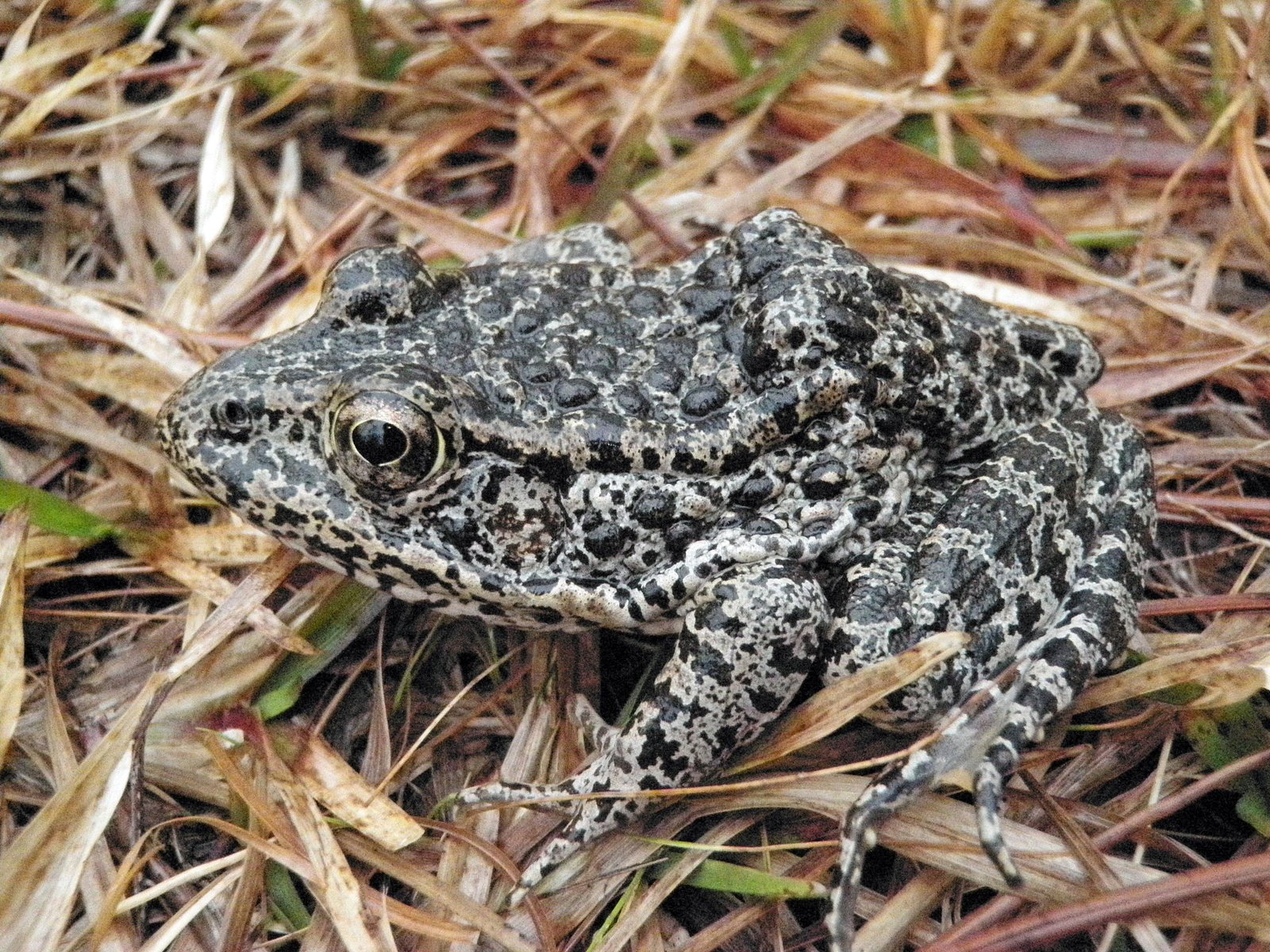
The Mississippi gopher frog is among rarest amphibians in North America, if not the rarest, and Mississippi Gopher Frogs are possibly the rarest extant species of amphibians known to be living in the U.S.A. This stocky, warty frog was once abundant across the Gulf Coastal Plain but has experienced one of the most dramatic population crashes in amphibian history.
The only known remaining population of the Mississippi gopher frog consists of about 100 adult frogs from one site in Harrison County, Mississippi (Glen’s Pond), while presently, conservation efforts have increased the population to approximately 600-800 adults across multiple sites, Harrison County, Mississippi. What makes their survival story even more remarkable is their complete dependence on the burrows of gopher tortoises, themselves a threatened species, creating a conservation puzzle where one endangered animal depends entirely on another.
The Mississippi Gopher Frog’s Comeback Story
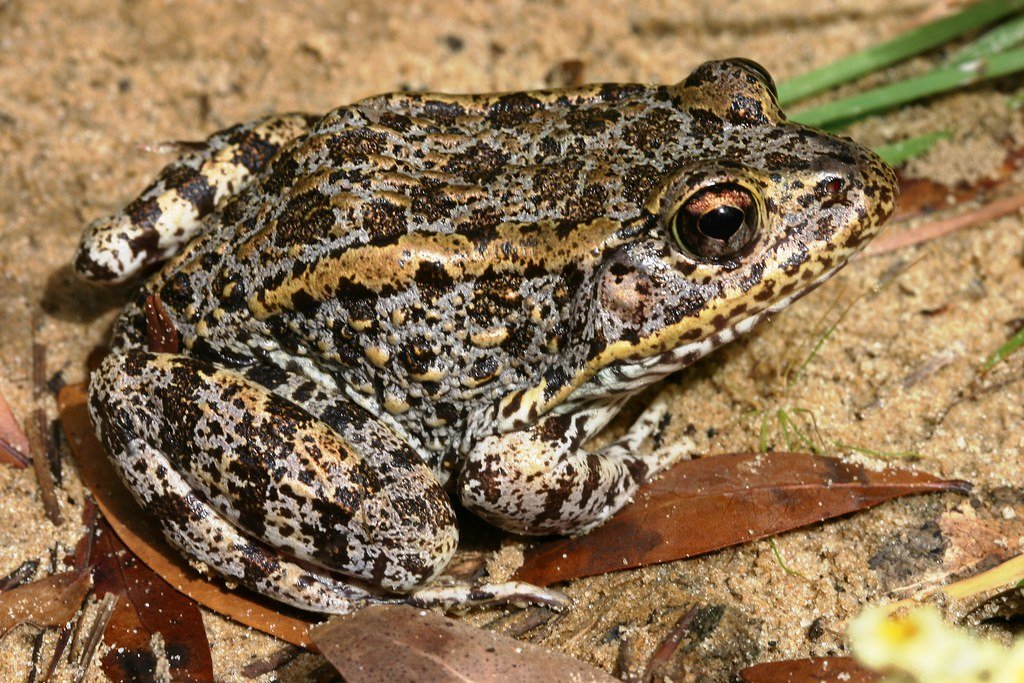
The Mississippi gopher frog (also called the dusky gopher frog) was until recently on the verge of extinction, with fewer than 50 estimated specimens in the wild in 2005. However, recent conservation efforts have transformed this species from a near-extinction case into one of the most successful amphibian recovery programs in the Southeast.
In late May and early June this year, conservationists released hundreds of adult frogs into habitats in Mississippi, and in 2021, researchers for the first time found specimens that had grown up on their own. The frog’s distinctive deep, snore-like call can now be heard echoing through specially restored ponds in the De Soto National Forest, a sound that conservationists describe as more beautiful than any symphony.
Mississippi’s Unique Slimy Salamander
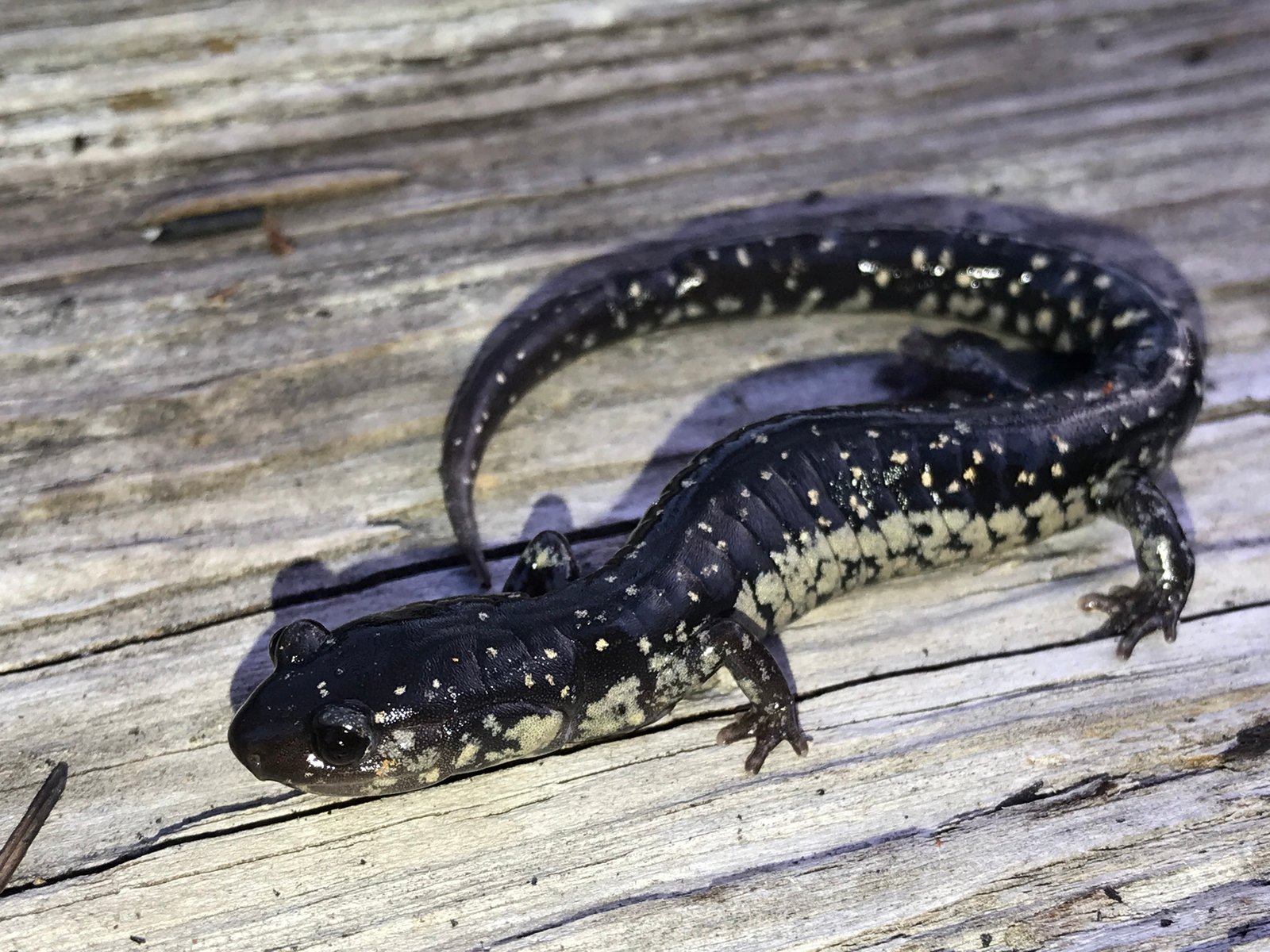
The state name identifies the common and scientific names of the Mississippi slimy salamander (Plethodon mississippi). This glossy black salamander with silvery spots represents an evolutionary success story, having adapted to life throughout most of the state’s forested regions.
The Mississippi slimy salamander is a species of terrestrial plethodontid salamander found throughout most of the U.S. state of Mississippi, western Alabama, western Tennessee, far western Kentucky, and eastern Louisiana, and adults reach lengths of 12 cm (4.7 in) and breed from August to early September. Unlike many of their more vulnerable relatives, these salamanders have shown remarkable adaptability to human-modified landscapes while maintaining stable populations across their range.
The Endemic Catahoula Salamander
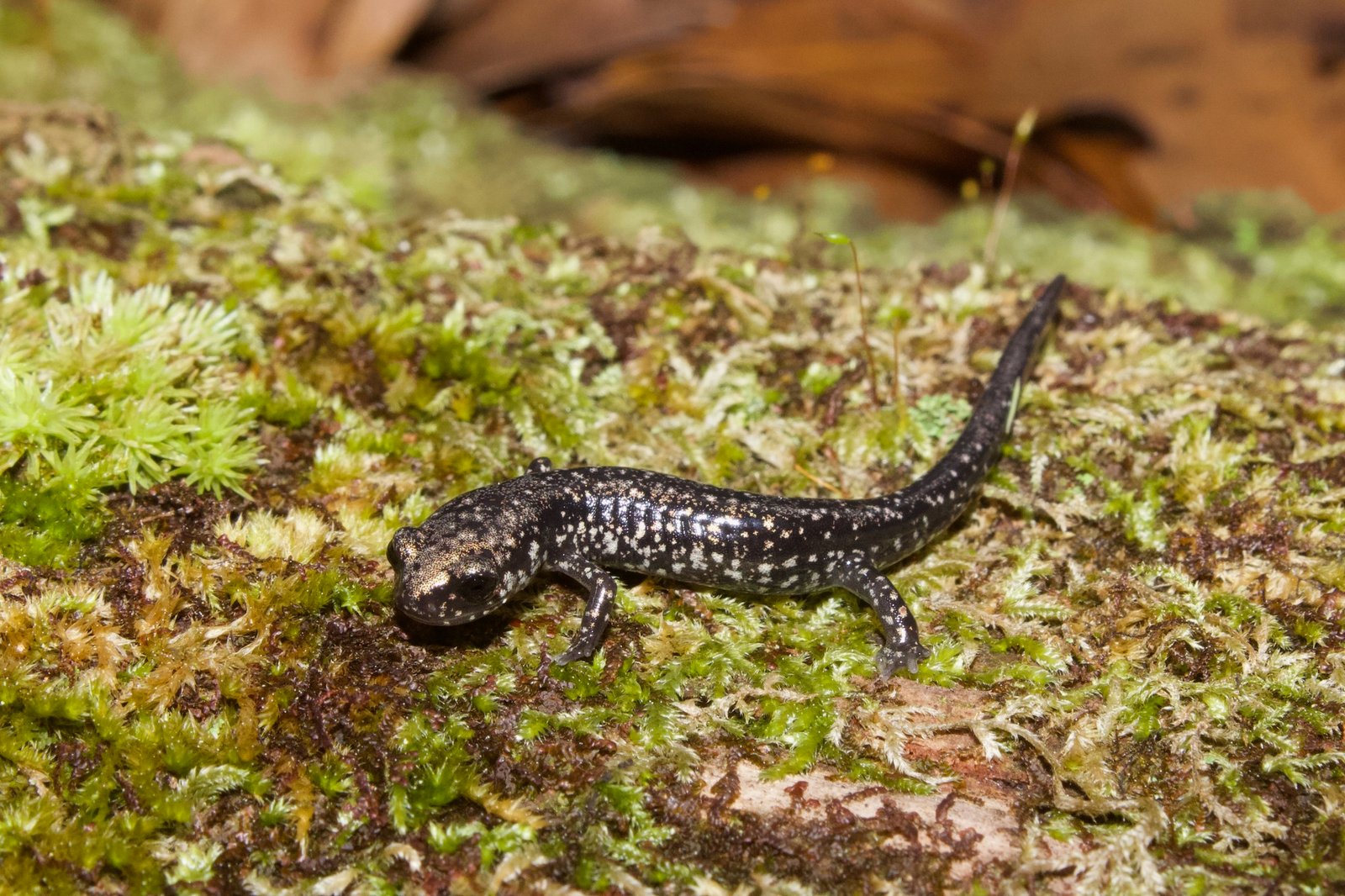
Mississippi’s Catahoula salamander (Plethodon ainsworthi) occurs in no other state. This exclusive Mississippi resident represents one of nature’s rarest treasures – a species that exists nowhere else on Earth and embodies the unique evolutionary history of Mississippi’s wetland ecosystems.
Found only in specific habitat conditions within the state, the Catahoula salamander serves as a living indicator of ecosystem health. These include eastern hellbenders, Catahoula salamanders, and the one-toed amphiuma are all species of special concern because their limited ranges and specific habitat requirements make them extremely vulnerable to environmental changes.
The Mighty Eastern Hellbender
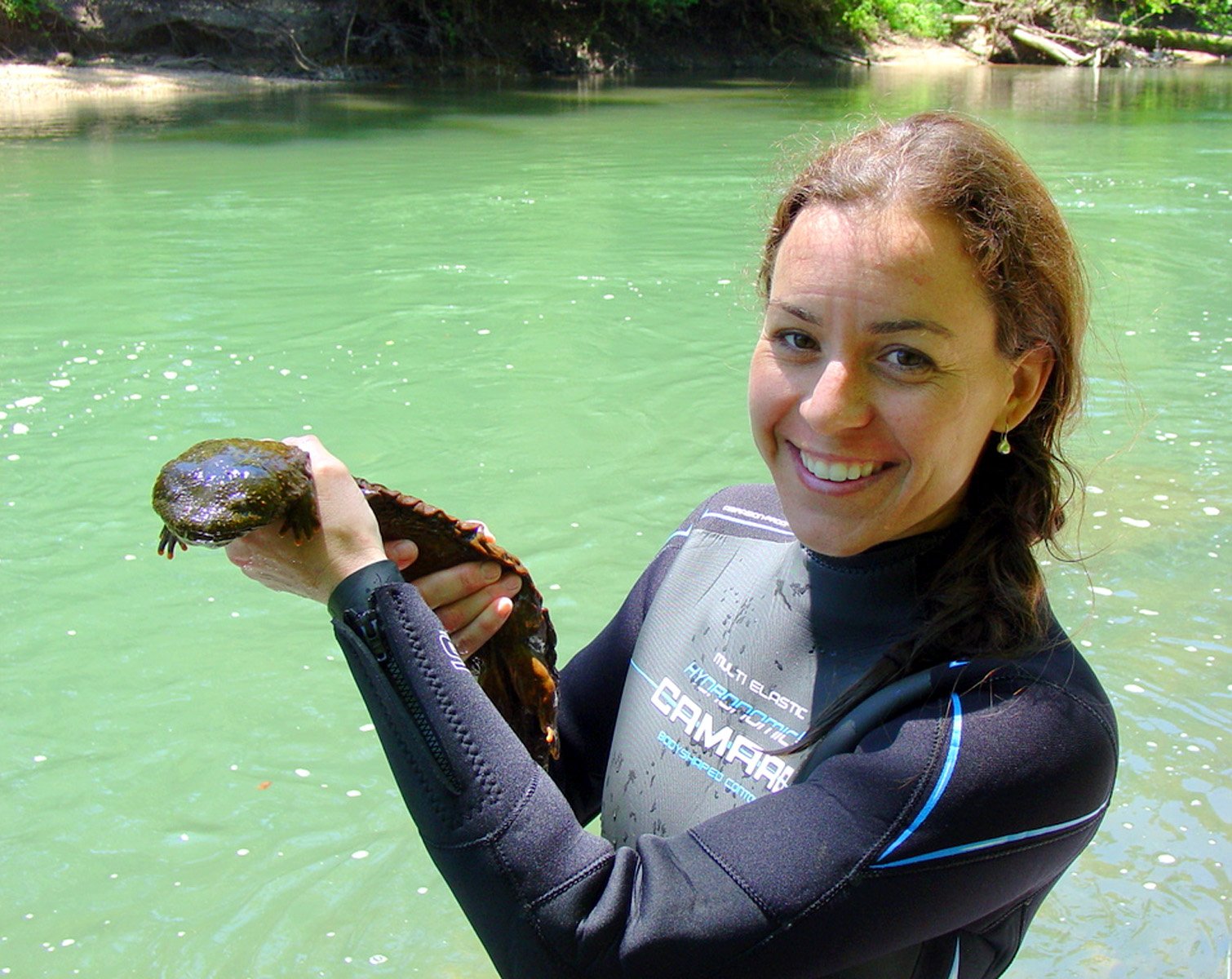
Bear Creek in extreme northeastern Mississippi harbors a large, grotesque, aquatic salamander that is one of the two bulkiest species in the world. Its unsightly appearance results from its numerous wrinkled and fleshy skin folds. Larger individuals may reach up to 29 inches in total length. Despite its intimidating appearance, this gentle giant serves as a crucial indicator of water quality in Mississippi’s cleanest streams.
The hellbender’s wrinkled skin isn’t just for show – those folds dramatically increase surface area for absorbing oxygen directly from the water. This ancient amphibian has survived since the time of the dinosaurs, but now faces modern threats from water pollution and habitat degradation that challenge its remarkable evolutionary resilience.
Endangered Cave Salamanders
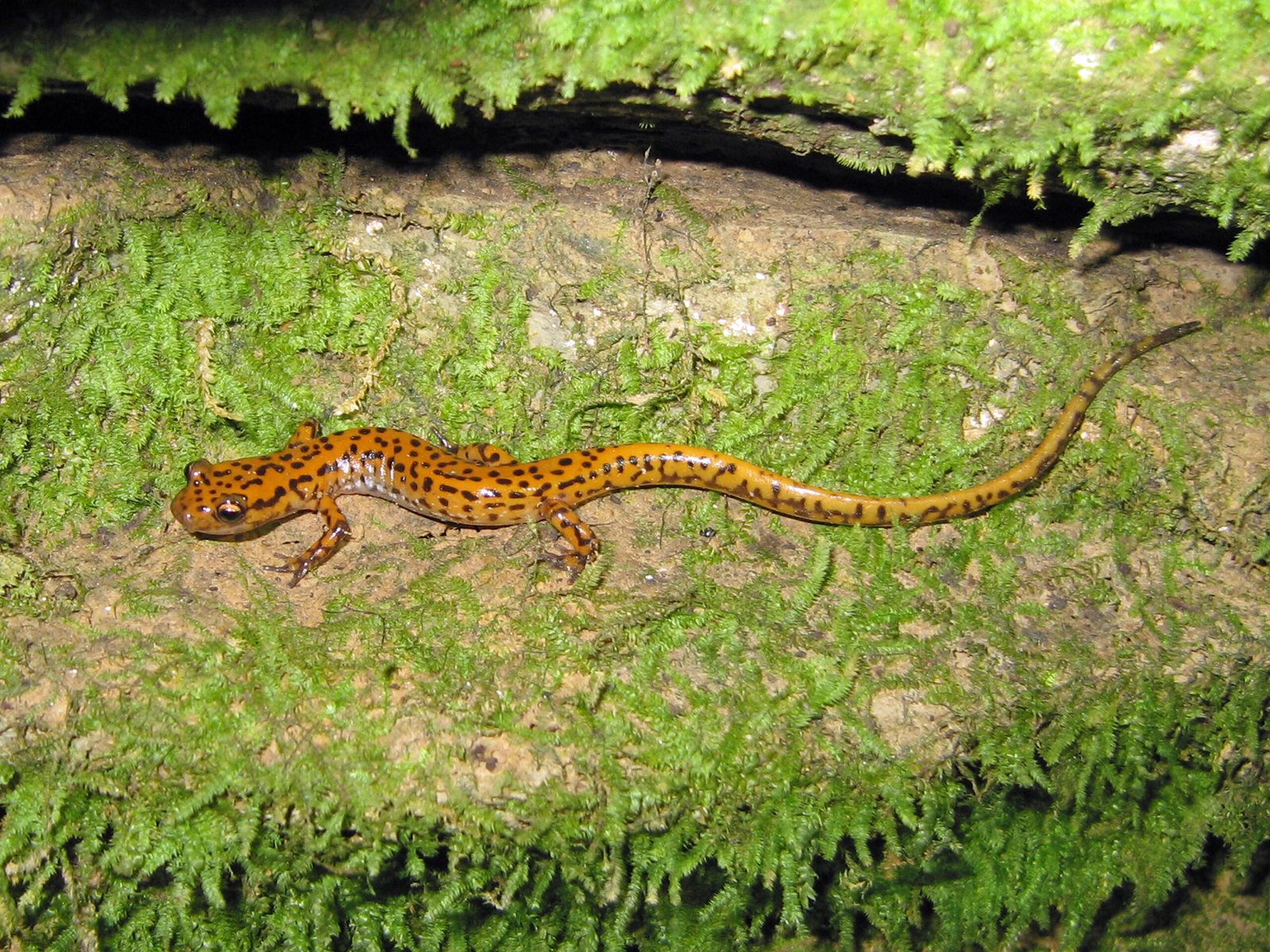
Mississippi populations of green salamanders (Aneides aeneus), spring salamanders (Gyrinophilus porphyriticus), and cave salamanders (Eurycea lucifuga) have endangered status. These specialized amphibians have evolved to thrive in the unique cave and spring environments scattered throughout Mississippi’s limestone regions.
Cave salamanders represent some of the most specialized creatures on Earth, having adapted to complete darkness and extremely stable environmental conditions. Their endangered status reflects both their naturally limited distributions and their extreme sensitivity to changes in groundwater quality and cave ecosystem disruption.
The Nearly Vanished Tiger Salamander

The tiger salamander (Ambystoma tigrinum) has nearly disappeared in recent years. Once more widespread throughout Mississippi, this striking amphibian with bold yellow markings has become increasingly rare, representing a conservation challenge that highlights the broader threats facing wetland-dependent species.
Tiger salamanders require specific breeding conditions – temporary ponds that fill with winter rains but dry out in summer, preventing fish from establishing populations that would consume their eggs and larvae. As these ephemeral wetlands disappear or are altered, the salamanders lose their essential breeding habitat, leading to local population extinctions across much of their former range.
The Pig Frog of Southern Swamps

In southern Mississippi the similar pig frog (Lithobates grylio) is prized for the same reason. This large aquatic frog has adapted to life in the deeper waters of Mississippi’s southern wetlands, where its pig-like grunting calls echo through cypress swamps and permanent marshes.
The pig frog’s survival strategy centers on year-round aquatic living, unlike many amphibians that divide their time between water and land. This lifestyle makes them particularly vulnerable to wetland drainage and water level fluctuations, but also allows them to exploit deeper aquatic habitats that many other amphibians cannot use.
Rare Chorus Frogs Clinging to Existence
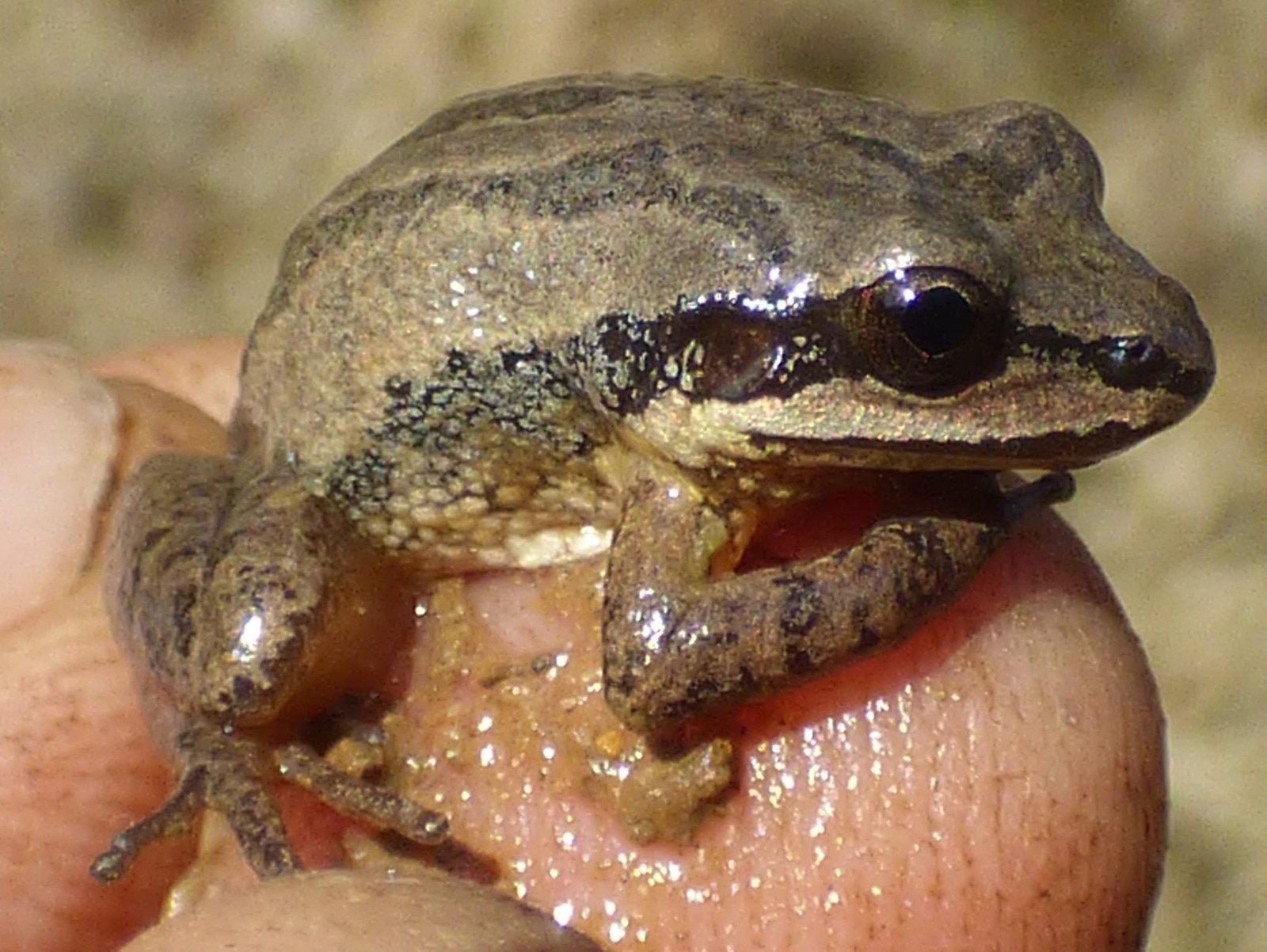
Other frog species – crawfish frogs (Lithobates areolatus), ornate chorus frogs (Pseudacris ornata), mountain chorus frogs (Pseudacris brachyphona), and Gulf Coast toads (Oolotis nebulifer) – are also rare and should have protected status according to amphibian researchers. These small but vocal amphibians add their voices to Mississippi’s spring chorus, though their songs grow fainter each year.
Mountain chorus frogs represent a particularly interesting case, as they exist at the southern edge of their range in Mississippi’s northern counties. American toads (Anaxyrus americanus) and upland chorus frogs (Pseudacris feriarum) have become considerably less abundant in North Mississippi in recent years. Climate change and habitat fragmentation create a double threat for these northern species struggling to survive in an increasingly southern environment.
Conservation Success Stories and Future Challenges
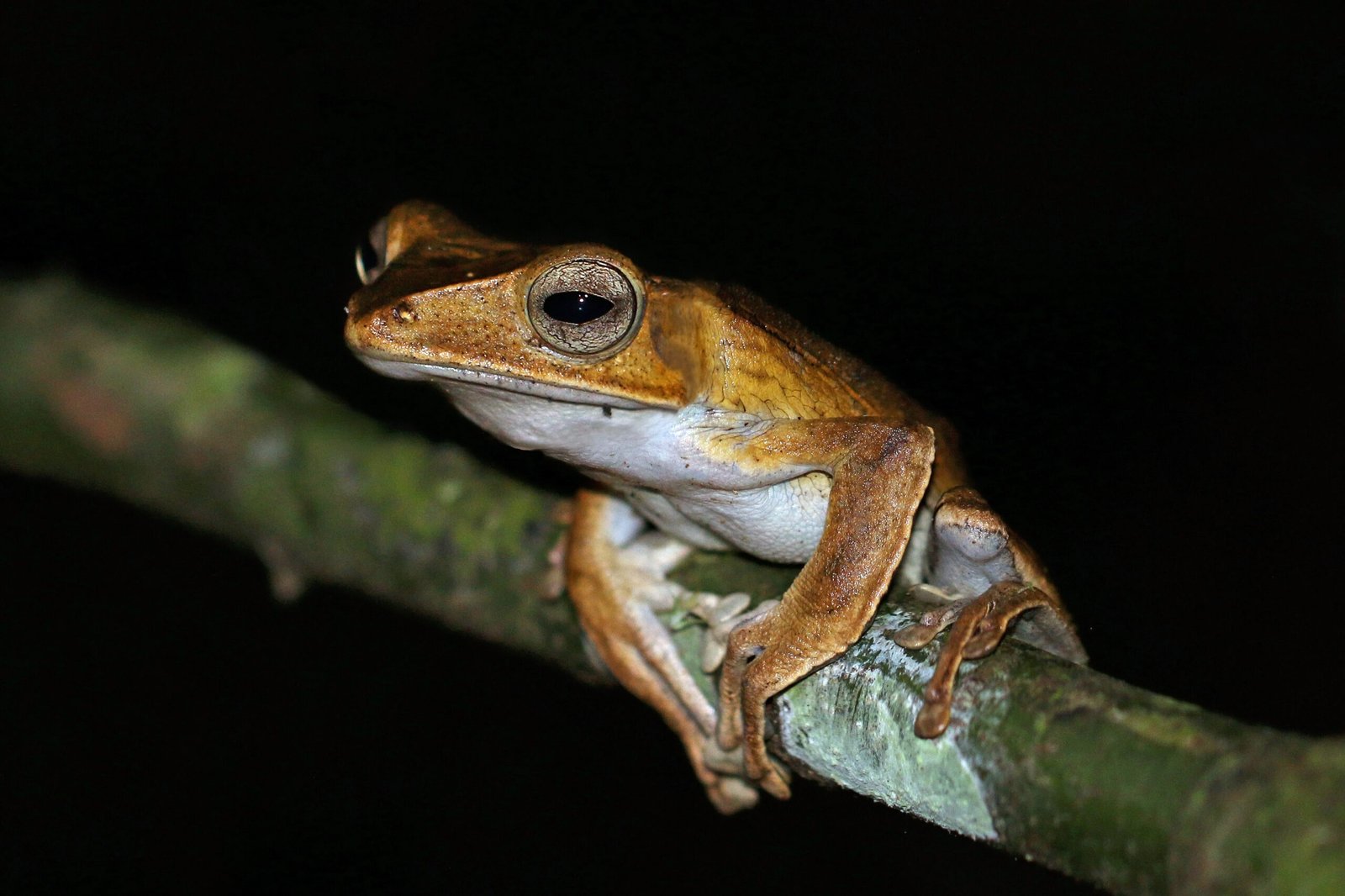
Despite the sobering statistics, Mississippi’s amphibian conservation efforts show remarkable promise. Due to conservation efforts, the frog’s trajectory has turned around. While the species remains critically endangered and still relies on intensive interventions, its numbers have grown to around 600 adults, spread out over some 15 ponds and a handful of captive populations that now produce new generations for release into the wild.
Amphibians are extremely important in food chains necessary for the continuing survival of higher vertebrates, including humans. Nevertheless, many world populations of amphibians appear to be rapidly declining and are believed to be on the verge of extinction. The fate of these nine remarkable species depends not only on continued conservation efforts but also on broader recognition of wetlands’ irreplaceable value to both wildlife and human communities.
Conclusion

Mississippi’s wetlands harbor some of the rarest and most remarkable amphibians in North America, from species found nowhere else on Earth to populations representing the last survivors of once-abundant creatures. These nine amphibians serve as living barometers of wetland health and remind us that conservation success requires both scientific expertise and unwavering dedication. Their survival stories – some triumphant, others precarious – illuminate both the fragility and resilience of life in one of America’s most biodiverse regions.
The next time you hear the deep snore of a gopher frog or glimpse the silvery spots of a slimy salamander, remember that you’re witnessing millions of years of evolutionary history playing out in real time. What legacy will we leave for these ancient survivors?




